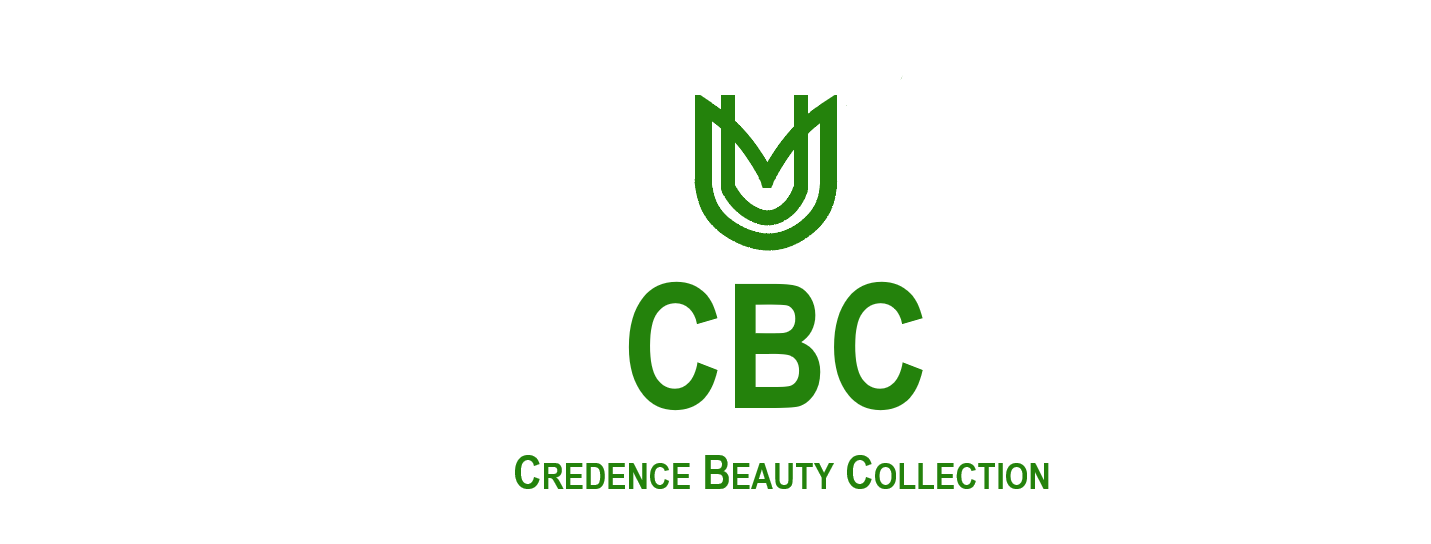Beauty trends have been a ubiquitous part of human culture for centuries, with various societies and eras having their own distinct standards of attractiveness. From the corseted silhouettes of the Victorian era to the bronzed, toned bodies of today, beauty trends have played a significant role in shaping our perceptions of self and others. But what drives these trends, and how do they impact our lives?
The Sociological Perspective
Sociologists view beauty trends as a reflection of the social, cultural, and economic contexts in which they emerge. Beauty standards are not absolute or universal, but rather are constructed and reinforced by societal norms, values, and power dynamics. This perspective highlights the complex interplay between individual agency and societal influence in shaping our perceptions of beauty.
Key Factors Influencing Beauty Trends
- Cultural Norms and Values: Beauty standards vary across cultures, reflecting the unique historical, social, and cultural contexts of each society. For example, in some cultures, scarification is considered a beautiful form of body art, while in others, it is viewed as unattractive.
- Media and Advertising: The media plays a significant role in shaping beauty trends, with images of models, celebrities, and influencers perpetuating certain standards of attractiveness. Advertising, in particular, has been criticized for promoting unrealistic beauty ideals and contributing to body dissatisfaction.
- Economic Factors: The beauty industry is a multi-billion-dollar market, with companies profiting from our desire to conform to certain beauty standards. Economic factors, such as consumer demand and market trends, influence the types of beauty products and services that are developed and marketed.
- Social Identity: Beauty trends can be closely tied to social identity, with certain styles or looks associated with particular subcultures, age groups, or socioeconomic statuses. For example, the punk rock aesthetic of the 1980s was characterized by ripped fishnets, leather jackets, and bold hairstyles.
- Power Dynamics: Beauty standards can be used as a means of social control, with those in positions of power dictating what is considered attractive or unattractive. This can lead to the marginalization and exclusion of individuals who do not conform to dominant beauty standards.
The Impact of Beauty Trends
Beauty trends can have a profound impact on our lives, influencing our self-esteem, body image, and social interactions. The pressure to conform to certain beauty standards can lead to:
- Body Dissatisfaction: The promotion of unrealistic beauty ideals can contribute to body dissatisfaction, low self-esteem, and eating disorders.
- Social Comparison: Beauty trends can foster social comparison, with individuals comparing themselves unfavorably to others and feeling inadequate or insecure.
- Conformity: The desire to fit in with certain beauty standards can lead to conformity, with individuals feeling pressure to adopt certain styles or looks in order to belong.
- Exclusion: Beauty trends can be exclusionary, with certain groups or individuals marginalized or excluded due to their failure to conform to dominant beauty standards.
Challenging Dominant Beauty Standards
In recent years, there has been a growing movement to challenge dominant beauty standards and promote greater diversity and inclusivity. This includes:
- Body Positivity: The body positivity movement seeks to promote self-acceptance and self-love, regardless of body shape or size.
- Diversity and Representation: There is a growing demand for greater diversity and representation in the media and advertising, with calls for more inclusive and realistic beauty standards.
- Sustainability: The beauty industry is being challenged to adopt more sustainable practices, with consumers increasingly aware of the environmental and social impact of their beauty choices.
Conclusion
The sociology of beauty trends offers a nuanced understanding of the complex factors that shape our perceptions of attractiveness. By recognizing the social, cultural, and economic contexts in which beauty trends emerge, we can begin to challenge dominant beauty standards and promote greater diversity and inclusivity. Ultimately, beauty trends reflect our values and priorities as a society, and by examining these trends, we can gain a deeper understanding of ourselves and our place in the world.



